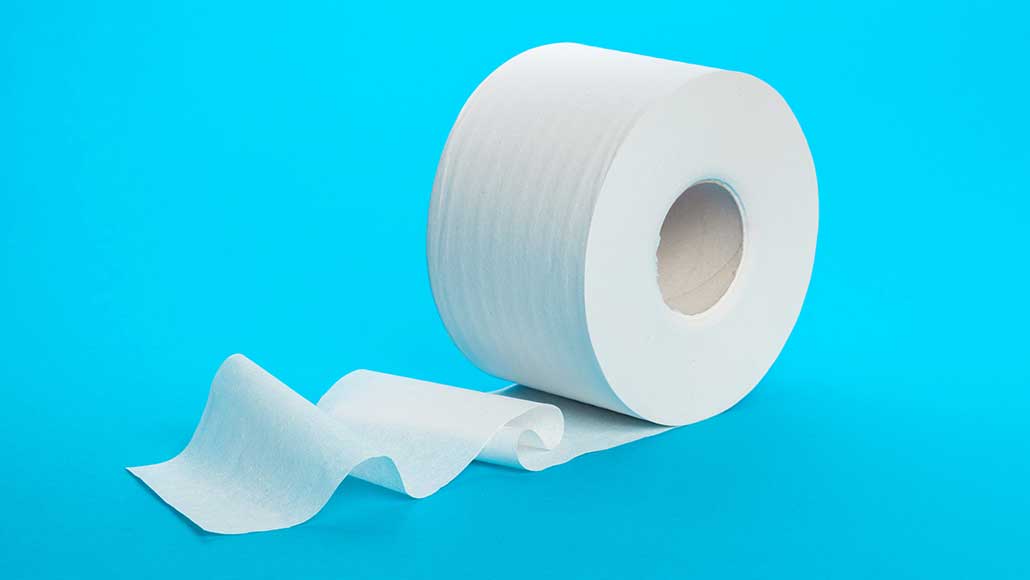Questions for ‘A dirty and growing problem: Too few toilets’

Throughout the world, some two in every three people lack access to a toilet. Science is now looking to help them deal with — and maybe even find benefits in — their unflushed wastes.
FabrikaCr/iStock/Getty Images Plus